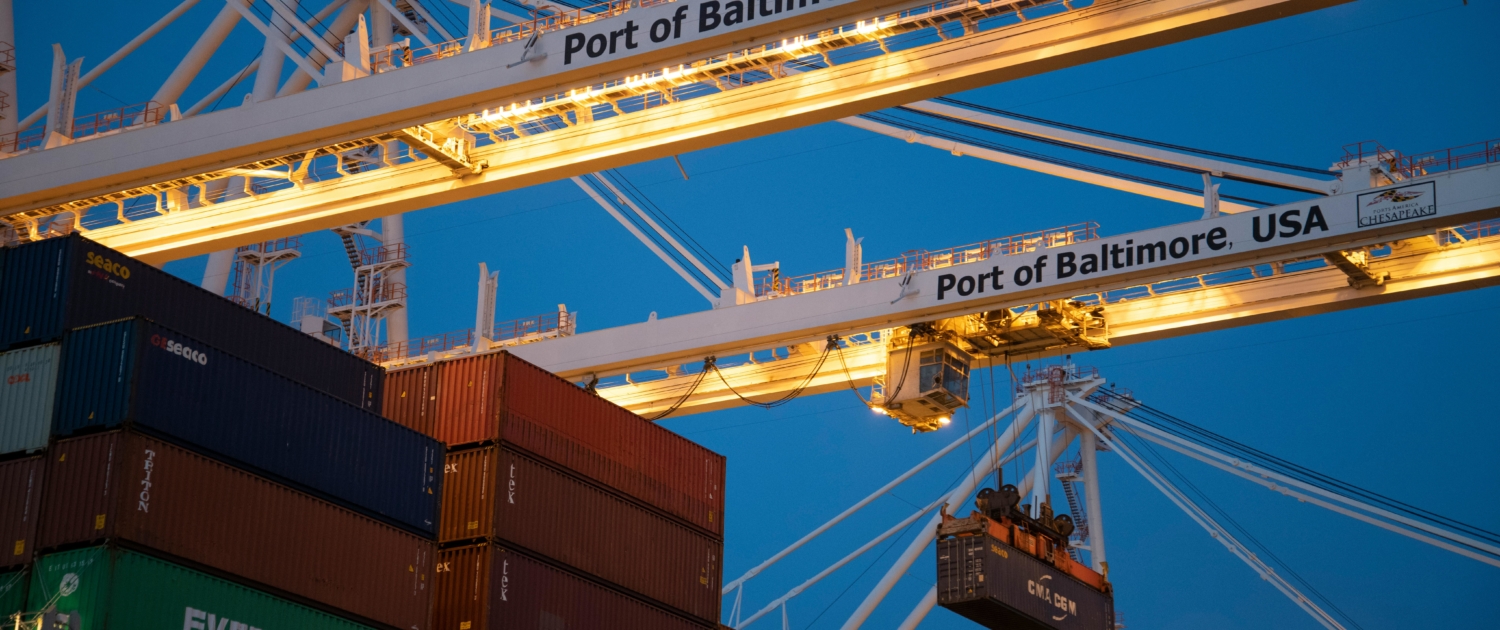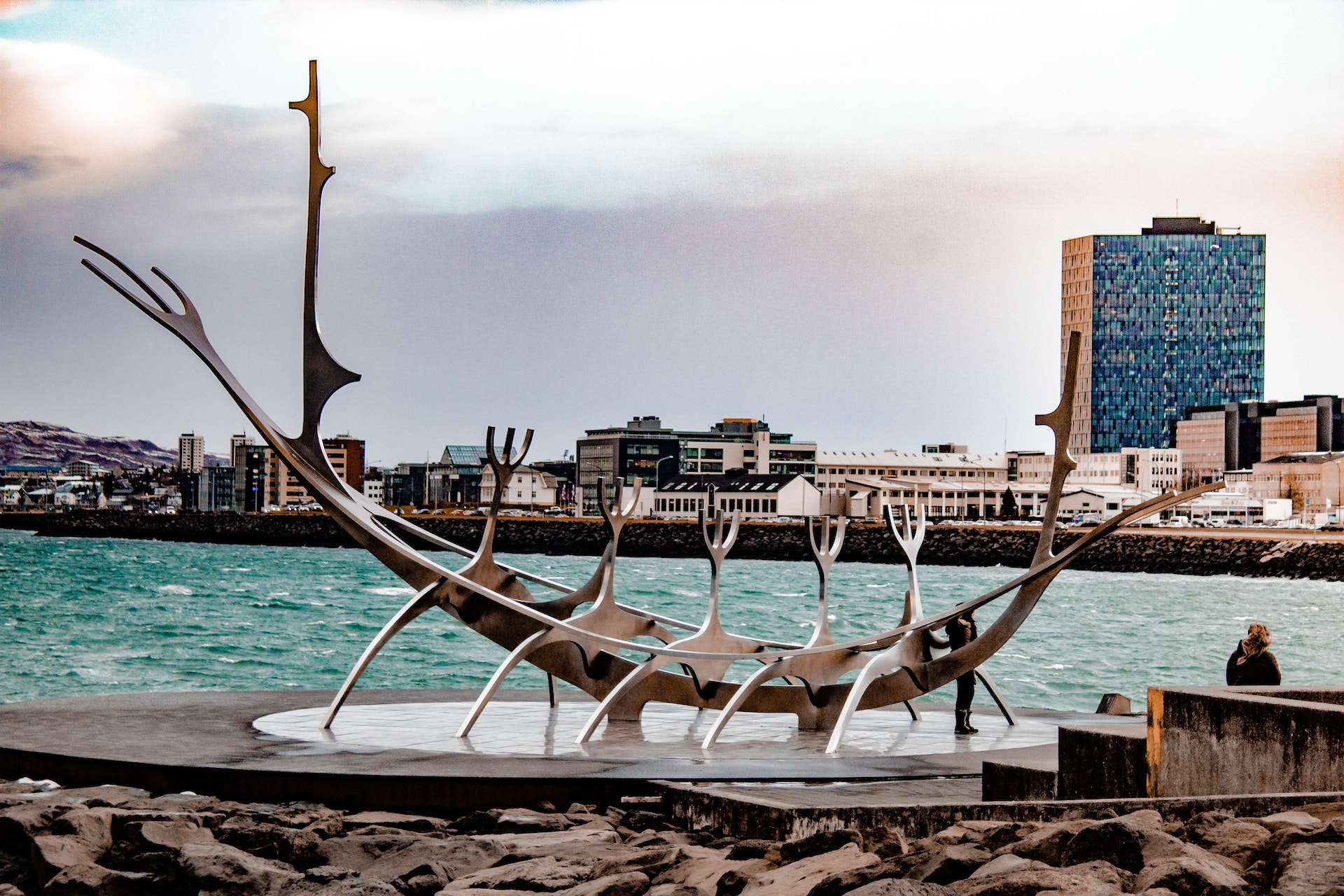Port of Baltimore: Lessons From A Ship’s Crash
On the 26th of March, 2024 around 1:28 a.m. EDT (05:28 UTC), when the 9,971 TEU container vessel, MV Dali, crashed into the Francis Scott Key Bridge along the channels to the Port of Baltimore, bringing down the main spans into the frigid waters of the Patapsco River, an age long argument on the need for extended towage services in Ports/Terminals/Jetties located near critical infrastructures such as bridges, causeways, breakwaters, buildings etc. came up again.
As at the time of the crash, the container ship, under the command of two marine pilots from Baltimore port, was running on its own engines power and on its way out of Baltimore. Despite dropping anchor on losing power and sending out distress calls and seeking assistance from nearby tugboats, it eventually crashed into the bridge.
Critical re-examination of the timeline before the crash revealed that two tug boats had initially towed the ship out of port and escorted it to a reasonable distance before peeling off. Immediately the ship sent out distress calls, the tug boats turned back to salvage it, but disaster struck before the boats could arrived.
Had the tugs continued the ship escort a little bit longer, there is strong believe that the disaster would have been averted. They could have nudged it back to track when it started drifting off course.
In recent times, the size of ocean-going vessels has been increasing at a dramatic rate. This definitely is due to economic of scale. This development has brought with it certain disadvantages, part of which is the sheer force it requires to maneuver and stop them especially in times of emergencies. It now appears that in addition to international standards on towage operations, individual ports and port administrators might have the need to formulate their own policies on tug assistance for ships.
The most critical news is that the Baltimore Port has been closed to business until further notice. It should be noted that the Port is one of the busiest in the US and number 1 when it comes to RoRo traffic. It is estimated that the port would be losing $15 million per day due to the closure.
The US Army Corp of Engineers are leading the salvage operation to remove mangled sections of the bridge and clear other debris towards clearing the channel. In addition to this is the salvage operation for some of the containers that were thrown overboard by the collapsing steels and are lying at the bottom of the river.
It should be noted that records showed that there were 56 containers with 764 tons of hazardous cargoes on the ship.



